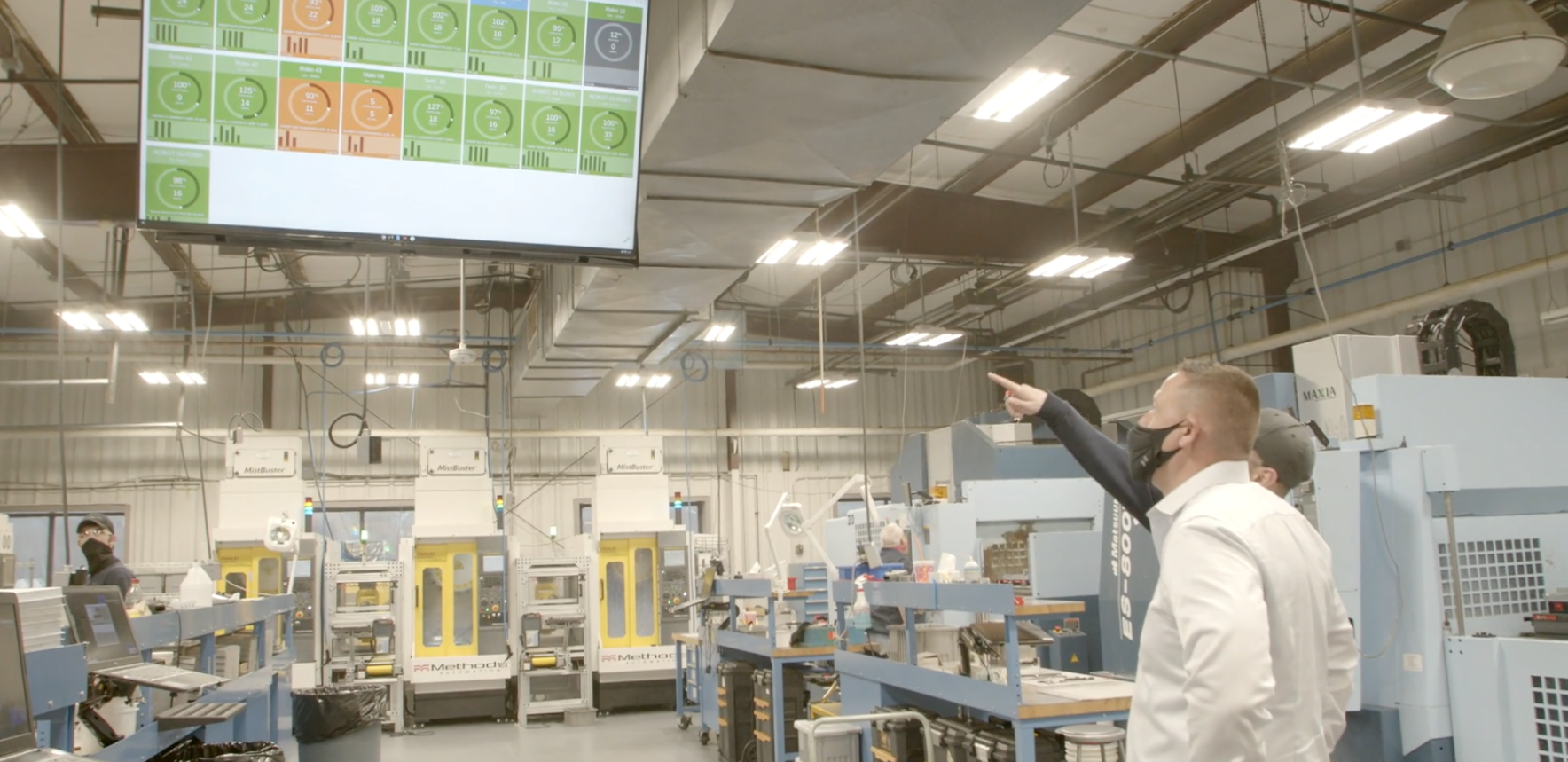Key Takeaways:
- Digital twins in automotive manufacturing replicate physical systems to optimize production.
- They enable real-time monitoring, predictive maintenance, and process optimization.
- Using digital twins can drive innovation and reduce time-to-market.
Conventional automotive supply chain manufacturing maintenance has relied upon empirical observations and human measurements of equipment. This approach could only sample machine performance at discrete intervals. It was plagued by repeatability issues based on the measurement time of day, human interpretation error, and sensor placement. A more modern representation of the same maintenance method now can be performed digitally through intelligent simulations of what is known as a “digital twin”.
In order to assess the detailed operational characteristics of complex machinery in use within a factory, a fully digital twin representation can now be used as the main intelligence tool. A digital twin is made up of three digital components: a data model representation, a set of analytical algorithms, and behavioral knowledge of the machine operation. Digital twins use historical information with known performance data to comprehend past behavior. They apply direct and indirect data to current machine conditions. By using intelligent machine learning algorithms against this knowledge, prediction of the machine’s future behavior can be modeled.

A full digital twin for a machine is composed of multiple pieces. Each mechanical machine part is represented by a component twin. Fan blades, bearings, pistons, and fasteners can all be digitally represented at their most fundamental level as a component. The component twin is a major sub-component with a significant impact on the performance of the asset within which it belongs.
During the design phase of a machine, these digital elements are developed together to comprise the total asset, such as a motor or a pump. The asset twin uses the compilation of the component twins within the design to create a complete model of the machine asset. Asset twins can be collections of information of all their component twins. Asset twins provide visibility at the equipment level. By applying the current operating context and predicting the future state of a digital twin, you can effectively monitor, simulate, and control an asset. Intelligent use of this information can optimize the lifecycle of the asset over the long term.
Advanced analytics simulations in the cloud from asset twin data can provide continuous real-time information on the performance of equipment within a manufacturing environment. Extracted to even a higher level, this asset twin model can be part of a process twin and an overall enterprise twin that models the use of factories, supply chains, and distribution channels. The asset twin data can be leveraged for anomaly detection when compared against statistical models to generate predictive maintenance alerts and insight on the remaining useful life.
Several benefits accrue to the digital twin user. With proper decision making from insight, increased reliability and availability of the asset are created. There is a reduced risk of loss or catastrophic disruption when the information from the digital twin simulations are applied for improvements. The production efficiency of the equipment is increased due to less frequent breakage and maintenance down time. There are less maintenance costs overall since the health of the equipment can be robustly monitored. This leads to a faster time to recover the cost of the asset in production use.
Automotive IoT manufacturing increases insight for performance behavior of sophisticated machinery. The ability to transform data into new insights is predicated on having accurate simulations and models of the equipment in use. By implementing digital component twins within an asset twin framework, this insight can now be extracted digitally without the empirically driven physical measurement procedures of the past. MachineMetrics industrial IoT solutions for machinery harness the power of machine data to increase throughput and maximize value. Book a demo to see what MachineMetrics applications can do for your business.


.png?width=1960&height=1300&name=01_comp_Downtime-%26-Quality_laptop%20(1).png)






Comments